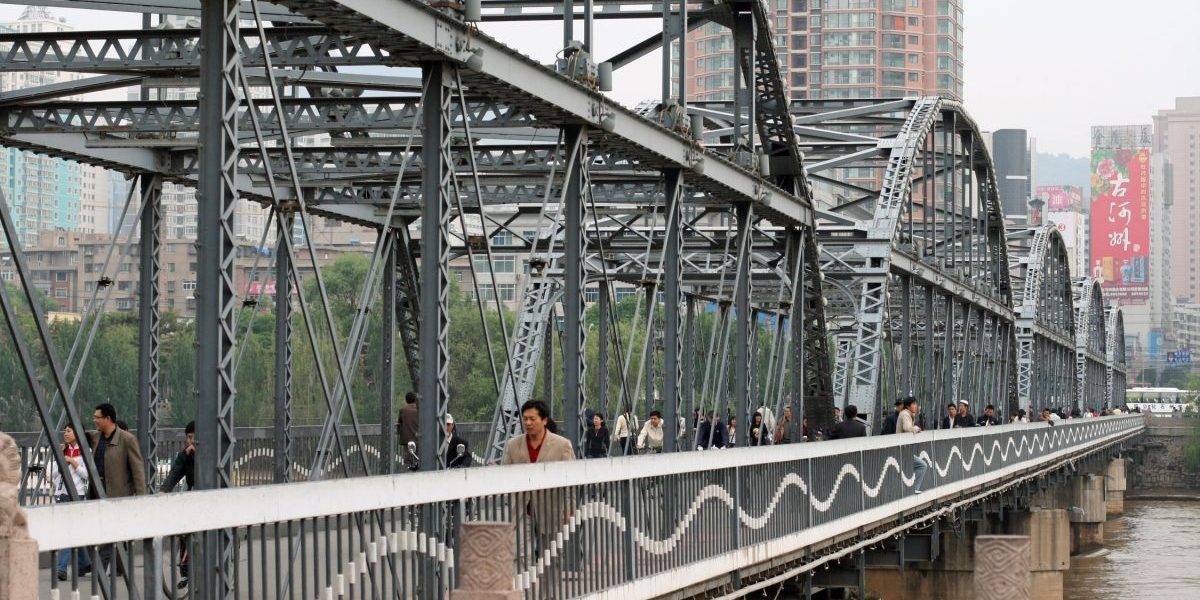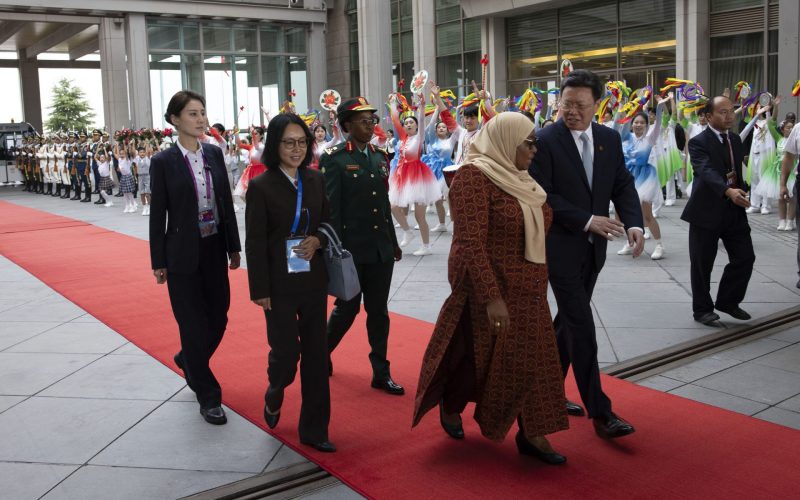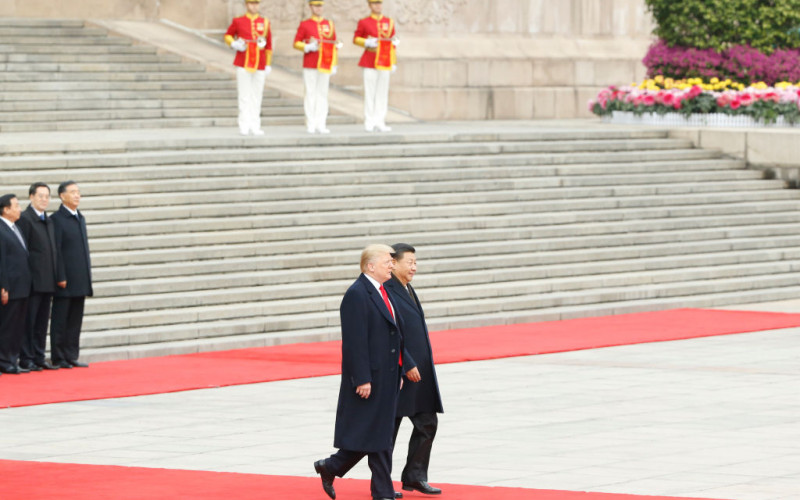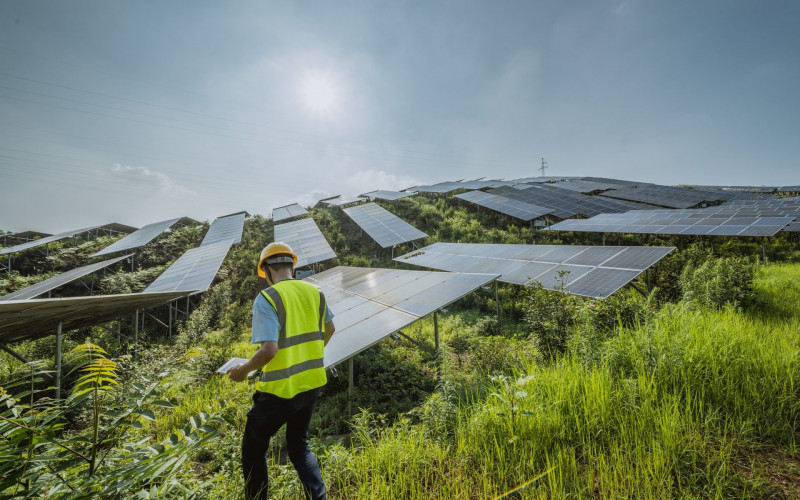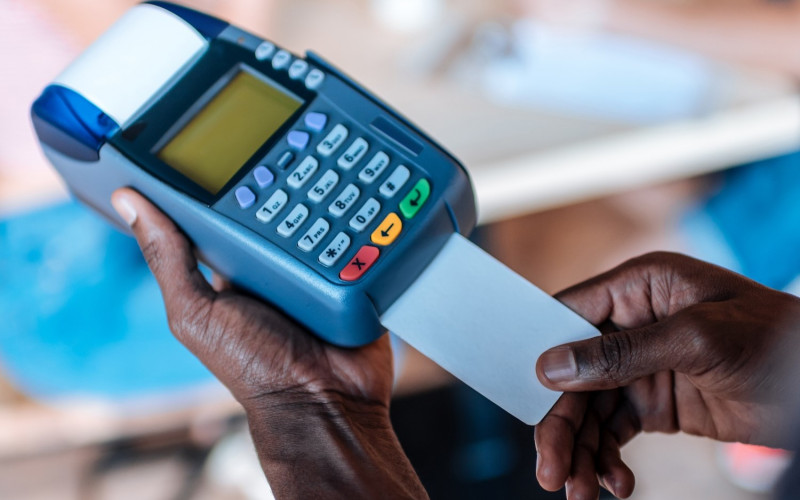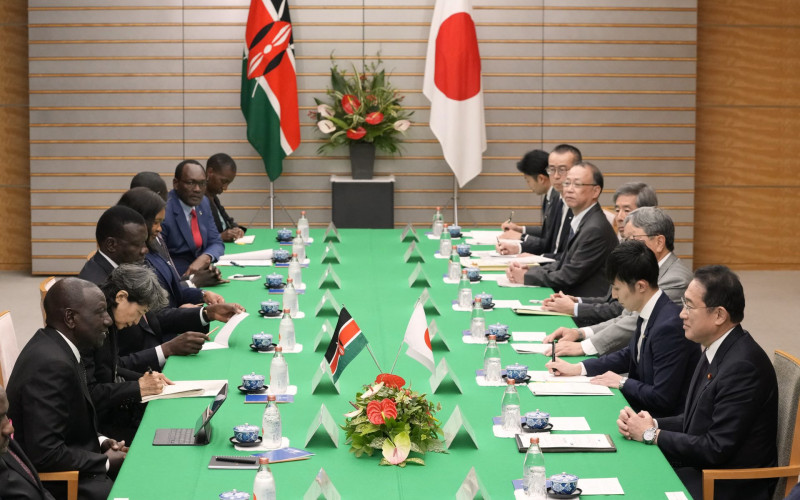Resource-backed financing has largely emerged in response to this constraint. In the words of Brautigam and Hwang: ‘Our explanation of commodity-secured finance below suggests that the purpose of this security is much less about locking up natural resources and more about reducing the risks of lending to poor and unstable countries’. China’s first experiences with resource-backed loans took place at home. In the 1980s, Japan made substantial infrastructure loans to China, which helped to develop its extractive sector, and the Daqing Oil Field in particular. In fact, the Japanese Ministry of International Trade and Industry explicitly pushed for Japan’s first package of foreign aid loans to China to be mainly used to build railroads and ports to facilitate the export of Chinese oil and coal—to Japan.


